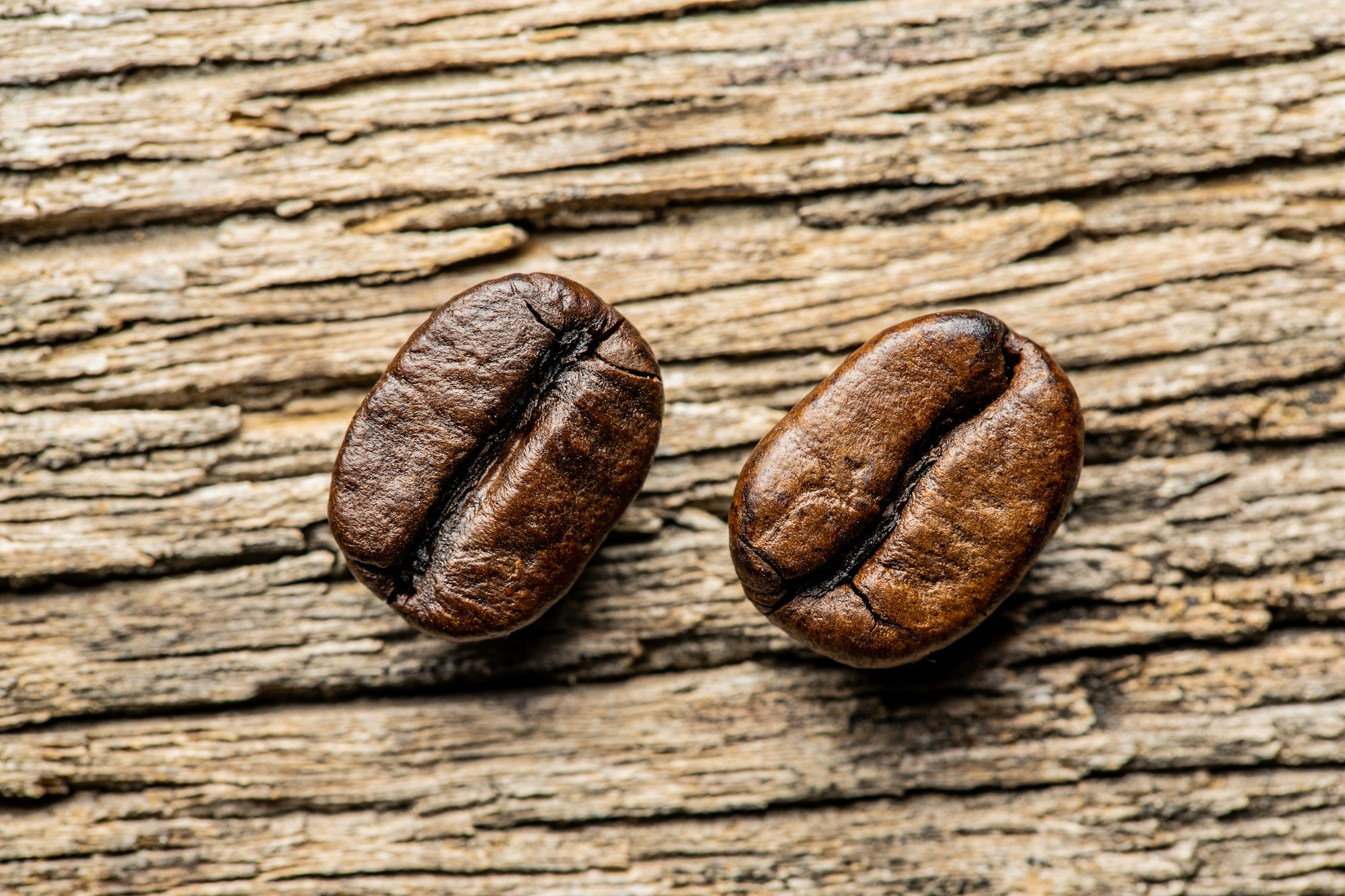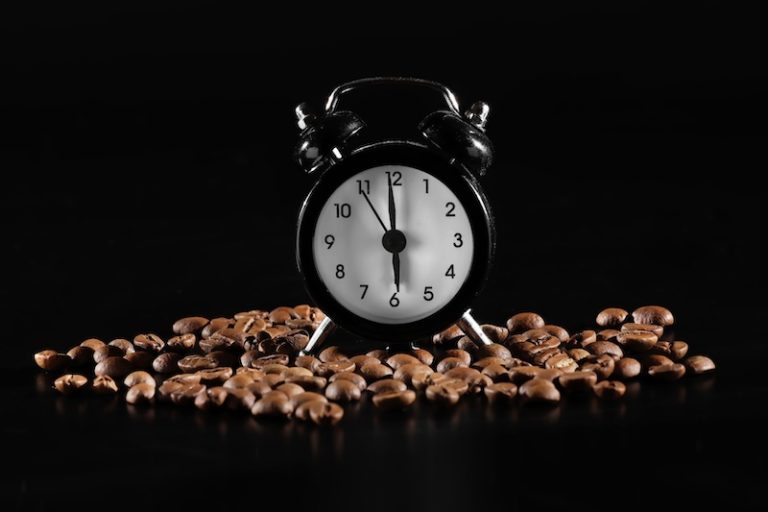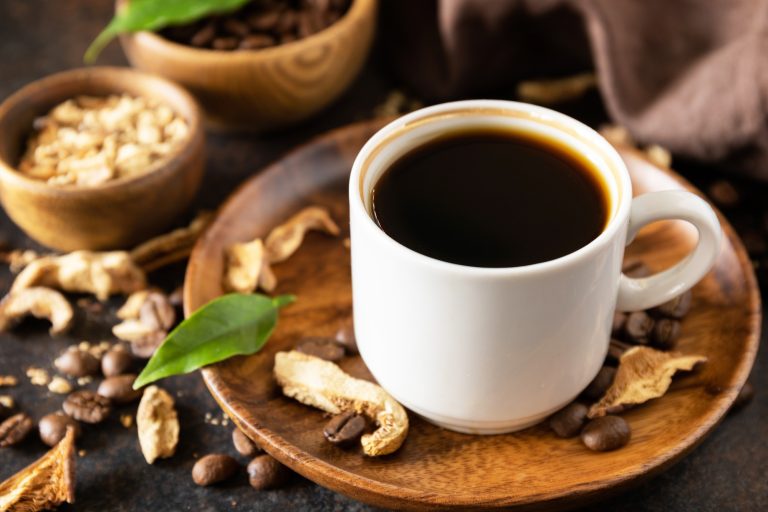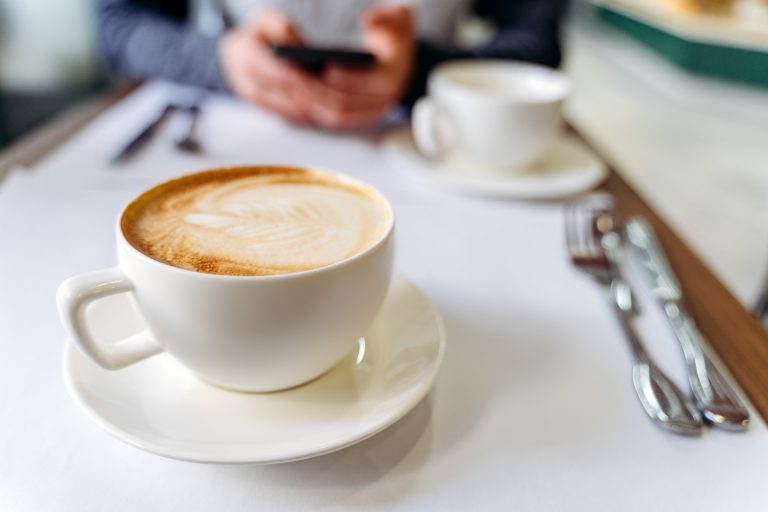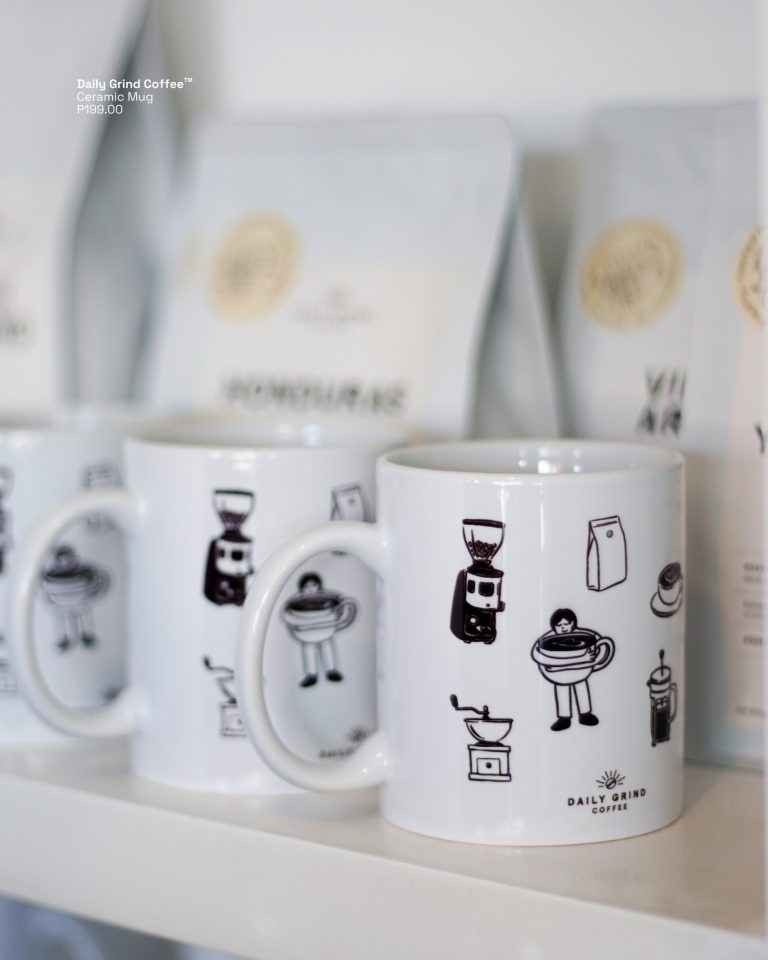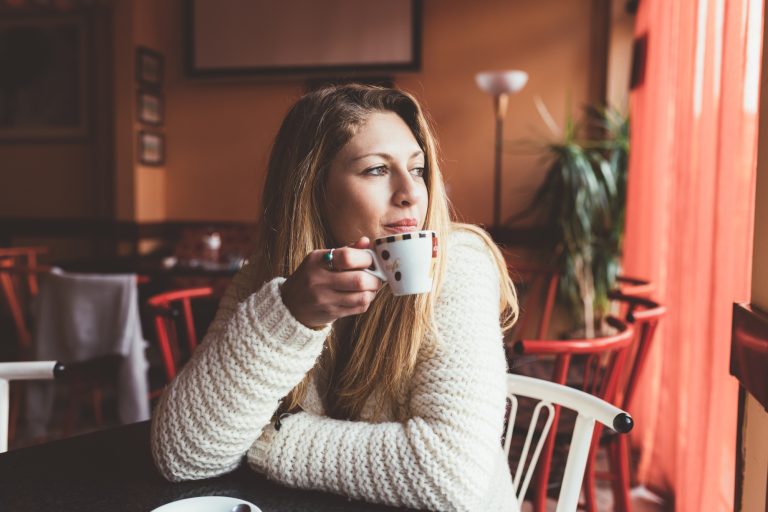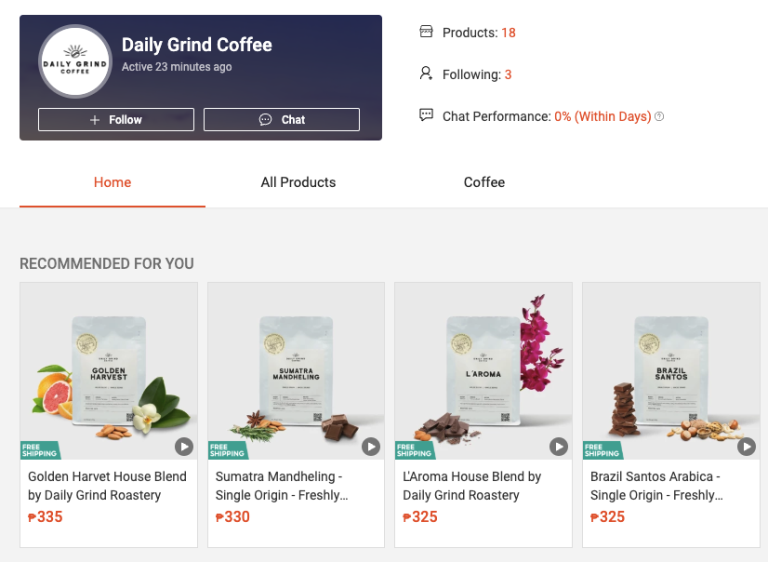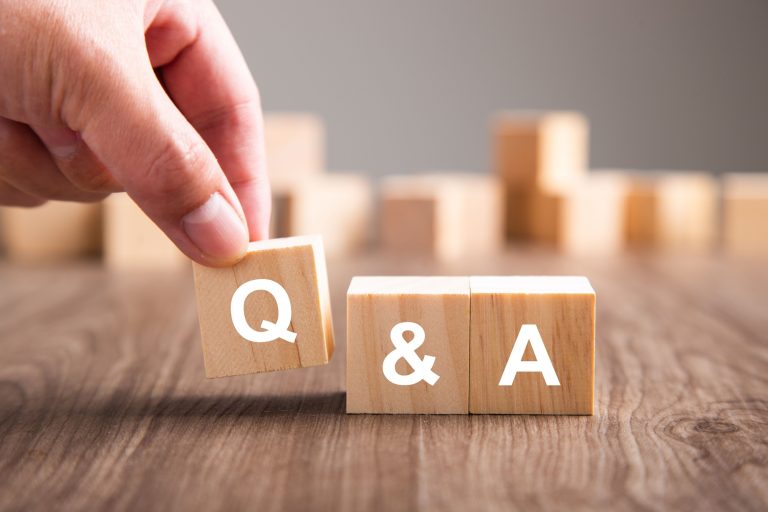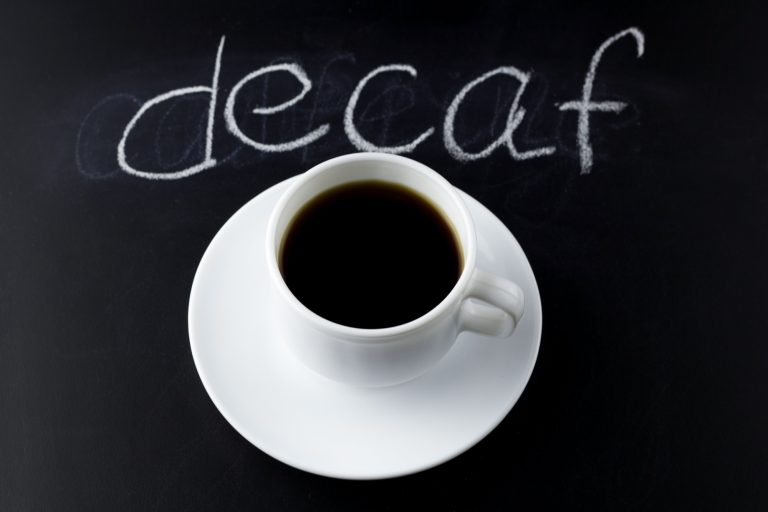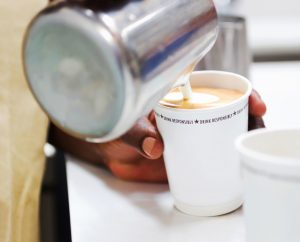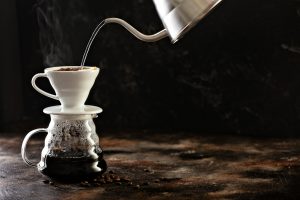Ever wondered why some coffees taste smooth and fruity, while others pack a bold, bitter punch? The secret lies in the type of coffee bean used. Today, we’re diving into the two main players in the coffee world: Arabica and Robusta. Buckle up, coffee lovers – it’s time for a flavorful journey!
Meet the Beans: Arabica and Robusta
Before we jump into the differences, let’s introduce our contenders:
- Arabica: The popular kid on the block, making up about 60-70% of global coffee production.
- Robusta: The strong, resilient type, accounting for the remaining 30-40% of coffee crops.
Now, let’s break down what makes each of these beans unique.
Flavor Profile: A Tale of Two Tastes
Arabica: The Smooth Operator
- Taste: Sweeter, softer flavor with tones of sugar, fruit, and berries
- Acidity: Higher, with a wine-like quality that adds complexity
- Body: Generally lighter and more delicate
Robusta: The Bold Challenger
- Taste: Stronger, harsher, and often described as grainy or rubbery
- Acidity: Lower, with a flat profile
- Body: Fuller and heavier, often used to add depth to espresso blends
Caffeine Kick: Which Bean Packs More Punch?
If you’re after a serious caffeine boost, Robusta is your go-to bean.
- Robusta: Contains almost double the caffeine of Arabica (2.7% vs. 1.5%)
- Arabica: Lower caffeine content, but often preferred for its smoother taste
Fun fact: The higher caffeine content in Robusta acts as a natural pest repellent, making the plants more resistant to insects!
Growing Conditions: From Farm to Cup
Arabica: The High-Maintenance Bean
- Climate: Prefers cooler, subtropical climates
- Altitude: Thrives at higher altitudes (3,000-6,000 feet)
- Temperature: Ideal range of 60-70°F
- Rainfall: Needs about 60 inches annually
- Challenges: More susceptible to pests and diseases
Robusta: The Hardy Survivor
- Climate: Adapts well to various climates, including hotter, tropical areas
- Altitude: Can grow at lower altitudes (up to 3,000 feet)
- Temperature: Tolerates a wider range, up to 85°F
- Rainfall: More drought-resistant
- Challenges: More resistant to pests and diseases
Price Point: Why the Difference?
You might have noticed that Arabica coffee often comes with a higher price tag. Here’s why:
- Growing Difficulties: Arabica is more challenging to cultivate, increasing production costs.
- Demand: The preferred flavor of Arabica drives up demand.
- Yield: Arabica plants produce fewer beans compared to Robusta.
Which Bean Reigns Supreme at Daily Grind?
At Daily Grind Coffee, we’re big fans of both bean types – each has its place in the coffee world!
- Our signature blends often feature a majority of Arabica beans for their complex, smooth flavors.
- We use high-quality Robusta in some of our espresso blends to add depth and crema.
- For those seeking a caffeine kick, we offer pure Robusta options too!
Choosing Your Perfect Bean
When selecting your coffee, consider:
- Flavor Preference: Do you enjoy smoother, more complex flavors (Arabica) or stronger, bolder tastes (Robusta)?
- Caffeine Needs: Looking for a bigger buzz? Robusta might be your answer.
- Brewing Method: Arabica often shines in pour-over and drip methods, while Robusta can stand up well in espresso and cold brews.
Join the Bean Debate!
Ready to put your new knowledge to the test? Visit us at Daily Grind Coffee to sample our range of Arabica and Robusta coffees. Our baristas are always excited to discuss the nuances of different bean types and help you find your perfect cup!
Remember, whether you’re Team Arabica, Team Robusta, or a blend enthusiast, there’s no wrong choice – it’s all about what makes your taste buds happy!
Taste the Difference Yourself!
Visit Daily Grind Coffee today and get a free side-by-side tasting of our premium Arabica and Robusta brews!

